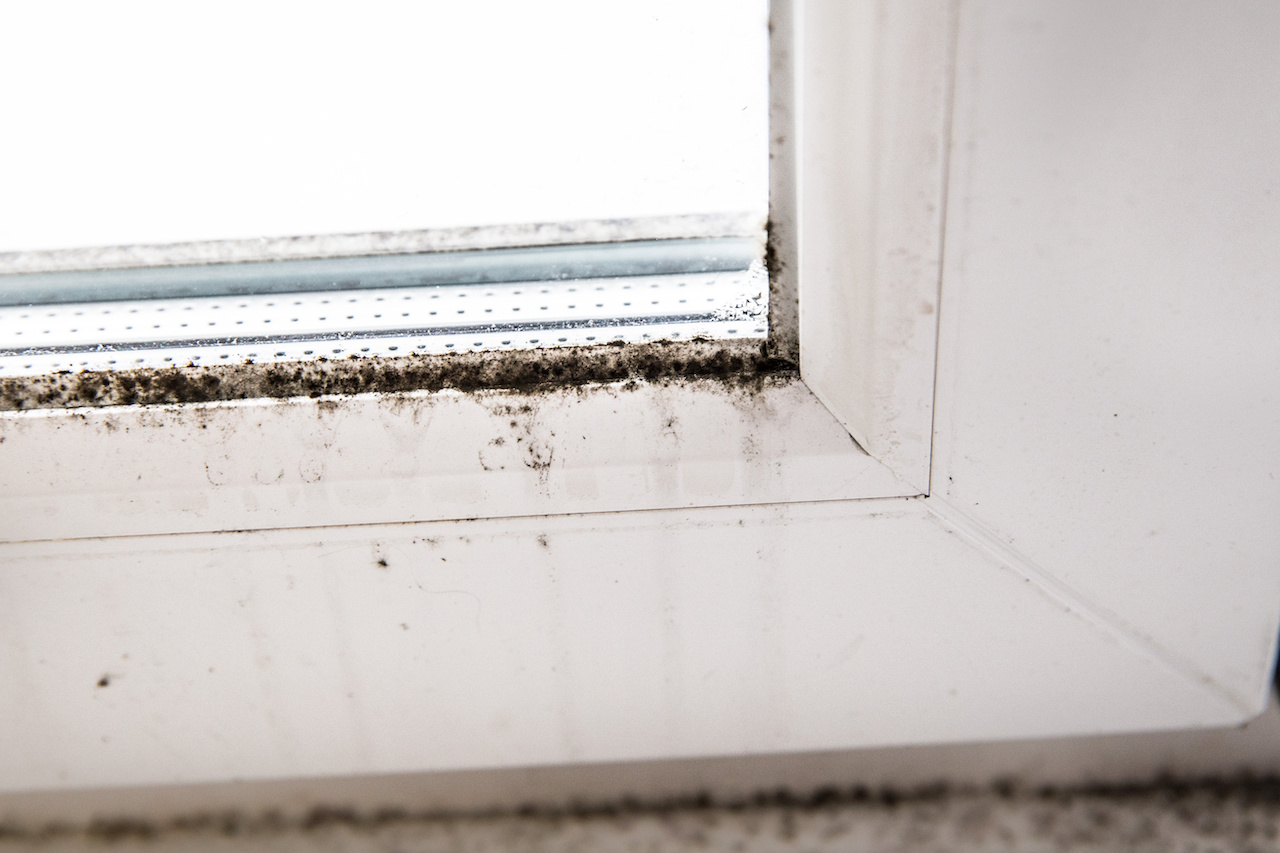Dealing with black mold can be a daunting task, and many homeowners wonder whether they can tackle it themselves. While it’s possible to handle small mold problems, it’s essential to be cautious and well-informed to ensure both your safety and the effectiveness of the removal process.
DIY Black Mold Removal
For small areas of black mold (typically less than about 10 square feet), you may be able to handle the removal on your own. Here are some steps to follow:
- Protect Yourself: Prioritize your safety by wearing protective gear, including gloves, goggles, and a mask to avoid inhaling mold spores.
- Isolate the Area: Seal off the contaminated area to prevent mold spores from spreading to other parts of your home. Use plastic sheeting and tape to create a containment barrier.
- Ventilate: Ensure proper ventilation by opening windows and using fans to create airflow. This helps to reduce the concentration of airborne mold spores.
- Clean with Detergent: Scrub the mold-infested surface with a detergent solution and a scrub brush. Avoid using bleach, as it can be harmful and may not be effective on porous surfaces.
- Thoroughly Dry: After cleaning, allow the area to dry completely. Use a dehumidifier if necessary to maintain low humidity levels.
- Monitor: Keep an eye on the treated area to ensure the mold doesn’t return. If the problem persists or worsens, consult a professional mold remediation service.
Exterior Caulking Cleaning
Cleaning caulking on exterior surfaces is another DIY task that can help prevent moisture issues and mold growth. Here’s how to clean it without causing damage:
- Safety First: Prioritize safety by using a stable ladder and ensuring you have proper footing if you are cleaning anything you can’t reach without a ladder.
- Inspect and Remove Debris: Start by inspecting the caulking for signs of damage or wear. Clear away any debris or loose material that may be present.
- Cleaning Solution: Mix a mild detergent or dish soap with warm water. Use a soft-bristle brush or a sponge to gently scrub the caulking.
- Rinse Thoroughly: Rinse the cleaned area with clean water to remove any soap residue. Ensure the caulking is thoroughly dry before sealing it.
- Recaulk If Necessary: If you notice any cracks or gaps in the caulking, consider recaulking to maintain a watertight seal.
- Regular Maintenance: Periodically inspect and clean your caulking to prevent future issues.
While DIY mold removal cleaning is feasible for small-scale problems, it’s crucial to exercise caution, follow safety guidelines, and seek professional help if you’re unsure or dealing with a larger mold issue. Additionally, if you have any doubts about your ability to safely perform these tasks, it’s always a good idea to consult with a professional mold remediation specialist or a roofing contractor to ensure the job is done correctly and safely.








